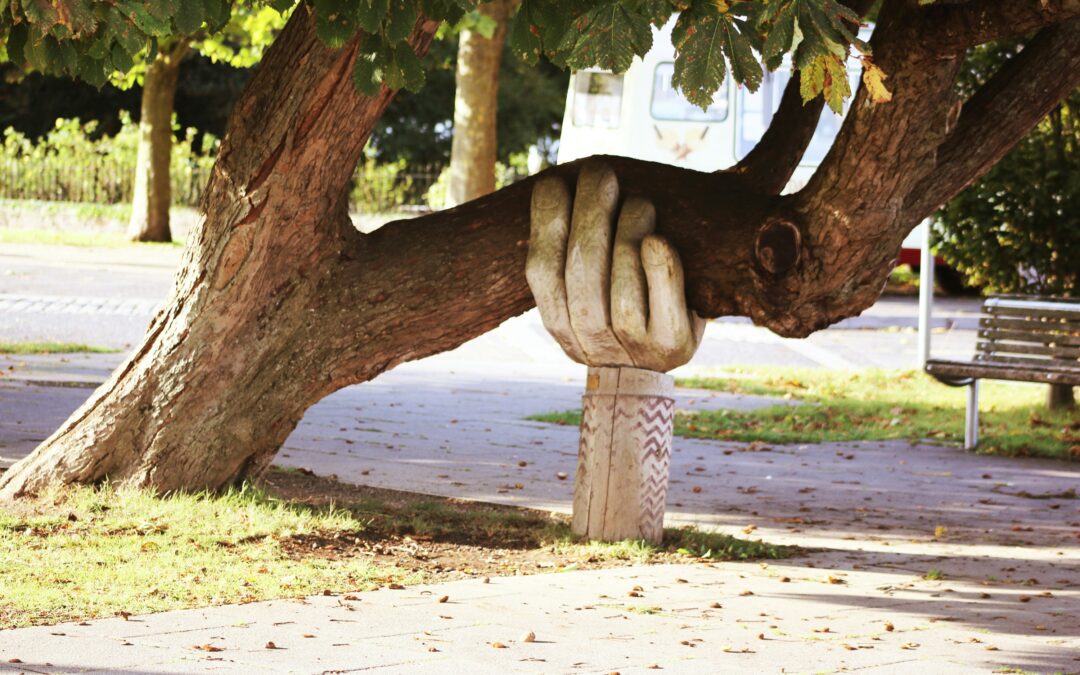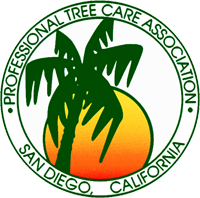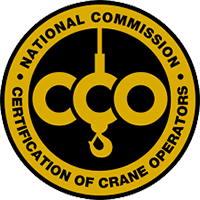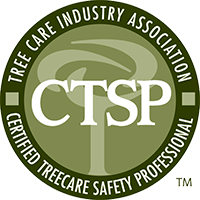In arboriculture, where the balance between preserving nature and ensuring safety is paramount, the techniques of tree cabling, bracing, and structural supports are vital tools. These tools play a crucial role in maintaining the health and integrity of trees.
Tree cabling involves the installation of high-strength cables between major limbs, helping to redistribute the tree’s weight and reduce strain on weak points. Tree bracing utilizes rigid supports to reinforce weak unions or split limbs, providing additional stability where needed. Structural supports, or props help to hold a large low limb from drooping or pulling the entire tree over. These techniques require a deep understanding of tree biology and structural integrity, ensuring that the support systems blend seamlessly with the tree’s natural form.
It is essential to recognize the signs that a tree may benefit from cabling, bracing, or structural supports. Visible cracks, splits, or areas of decay, as well as significant lean or overextended limbs, are all indicators that a tree may require additional support. Structural issues like multiple trunks, weak branch unions, or heavy branches could pose a risk of failure, especially where the tree’s structural integrity is compromised. Consulting with an Atlas Certified Arborist is crucial in determining the best course of action to safeguard both the tree and its surroundings. Certified arborists are able to provide tree health and risk assessments to help identify defects before they become major problems. They can design and install an appropriate system for your tree and provide ongoing inspections and maintenance. Spotting tree defects can be a complicated job that requires training and experience, and catching these problems early can save you money and prevent potential damage or tree loss.






